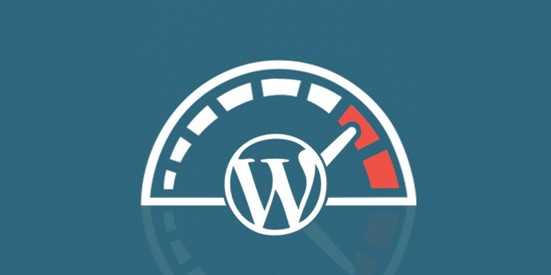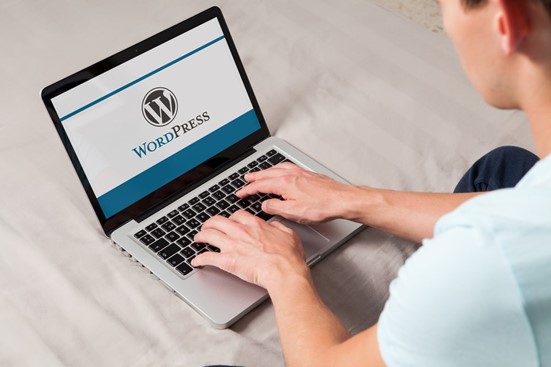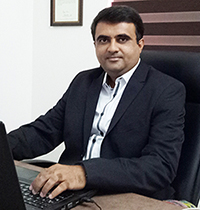
WordPress sites can be sluggish due to a number of avoidable reasons. You can improve your site’s speed in a few easy steps by taking up any of the option listed below. However, for full benefit, you may consider hiring out the optimization services to professionals in the field, such as WPfixs, who will guarantee thorough and research backed optimization measures to help improve the efficiency of your site’s operations.
These outlined methods will help you improve your site’s speed. It is recommended to test your site before optimizing your site, since you may need to implement a number of these changes. Testing will help you identify the level of change that optimization may have caused.
Taking up a Content Delivery Network
When users make requests on your site, it is forwarded to the server for execution. If your page is bulky, by containing large amounts of text, code or other static data such as images, it could take a longer time to fully display. A content delivery network educes the server load by keeping a copy of the static data from your website readily available.
When users make requests on your site, they are redirected to the servers which contain the static data. The site loads quicker, since most of the contents are accessed from the CDN as opposed to a completion of the user’s request.
Using better hosting options

Web hosting can determine the level of success for your website. It will impact speed, website performance and SEO ranking. Hosting comes at a cost, which tends to push users towards cheaper and unlimited options. Even though they may be budget friendly, they could have negative consequences for your site.
For shared hosting, your site could have a lower SEO ranking as a result of low performance by other sites within the same web hosting forum. Sharing hosting can also be affected by spikes in traffic for any of the sites that share the service. Your site could be slower or more prone to crashing because of your hosting plan. The right plan will protect your site’s credibility, improve your SEO ranking and increase traffic as well as handle any such increments.
Caching your site
Caches are copies of your website that are stored in the server and made available to users who make a request on your site. Caching stores a static version of your site on different servers, enabling users to access these copies instead of the original version of the site.
If you are unsure about how to integrate caching to your site, you could use a number of plugins that will automate the process. While it takes only a few minutes, the results are great for your site.
Choosing the right plugins and themes

Plugins offer unbeatable features to your site that may improve user experience. Their impact is not as big as that of the possible increase in load time that they may cause. While great features may draw in regular users, a slow loading site will affect perceptions and significantly reduced traffic.
Before choosing the plugins for your site, you should consider their purpose and impact on page load times. Plugins with unnecessary features will be too bulky for your site, and may take longer to load. You should also consider doing away with plugins that offer redundant functions, and ensure that all plugins used are needed. This will reduce the size of your code, which will positively impact load speeds.
Optimizing your images

Using the right format images for specific purposes will help reduce the total image size on your site. For monochromatic photographs, logos and textual images, a PNG format will be best suited for minimal weight. If you plan to use colored images, pictures with a JPG extension will be best suited.
Optimizing images involves reducing their size without affecting their quality, which will make them more web friendly. Optimizing removes metadata, which may increase the total size of the image used, and the page size. If your images are not optimized, they will cause your page to load too slowly. You can optimize your site’s images by uploading the selected images to web platforms that offer optimization tools. You can also use specialized plugins such as Piio.co, Smush and EWWW Image optimizer.
You should avoid using downloaded and camera images. You should also avoid adding video content to your site at all costs. Videos can be much larger than images, and will increase the size of your site by a considerable amount. Instead, you should consider attaching lightweight GIFs or embedding links to free video hosting platforms such as YouTube and Vimeo.
Optimizing your layout

Your homepage and layout could affect site speed. If they are too bulky and disorganized, they could increase the time your page would need before loading. You should consider using a sitemap, which will help index the contents of your site by topic and help users identify parts of your site that are if interest to them.
You may also consider optimizing your homepage by reducing the amount of content displayed, as well as the number of comments that are visible. This will reduce the total size of the page that needs to load with each request. You can use excerpts instead of displaying entire articles. This will generate more clicks, and help users navigate through your site with minimal fuss. For optimal performance with comments, you may break them down into several pages to reduce the amount of text that need to be loaded each time.
Final thought
Optimizing your site’s speed will have great benefits for you. You will improve user experience, and draw in more traffic. You should keep in mind that these methods will only help improve your page load speeds if they are comprehensively done. It is okay to take up any number of measures, but using them all will ensure that your site is fully protected from potential lags and crashes.

